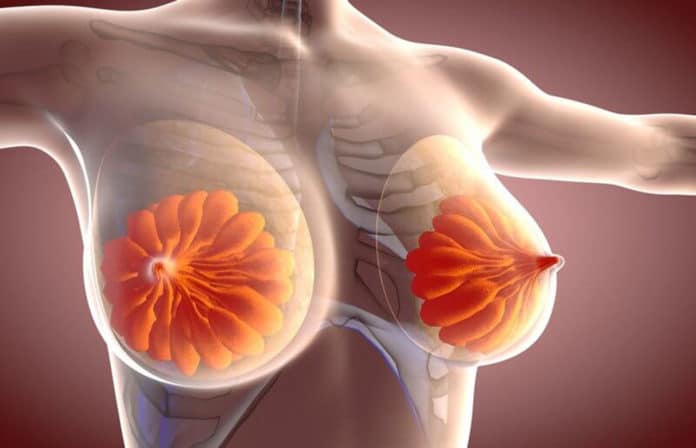The mammary gland is functional for only a brief period of a female’s lifetime. During this time, it operates not for the individual’s survival, but her species’ survival.
For the first time, scientists visualized the molecular mechanisms that underpin how milk is transported through the mammary network and toward the nipple during lactation.
They used a visual technique from neuroscience to show how milk is transported through the mammary network. The study provides a detailed understanding of how mammary glands form and how they function during lactation.
Dr. Gilles Vanwalleghem from the Queensland Brain Institute said, “When a brain cell fires, calcium inside the cell increases.”
“We can use this phenomenon to observe how these cells behave and how they interact in real-time. Calcium is an important and universal messenger in the body, so we can use it to visualize many other types of cells too.”
Scientists took these models and methods to mammary cells and showed how contractile epithelial cells in the mouse mammary gland physically pump milk toward the nipple. This helps them describe the process that makes milk available.
Dr. Felicity Davis from the Mater Research Institute said, “It is also clear that the cells that eject this milk exist within a complex network, the understanding of which requires not only knowledge of the individual components, but also the system as a whole.”
Scientists are now planning to understand the mechanisms of milk production and release better.
Journal Reference:
- Alexander J. Stevenson et al. Multiscale imaging of basal cell dynamics in the functionally mature mammary gland. DOI: 10.1073/pnas.2016905117
